THE VIVARIUM COLLECTIVE
“The greenest building is one that is already built”
-Carl Elefante-
City life is not conducive with the human, and has resulted in a multitude of social concerns. We are in the advent of a global technological revolution that is altering the way we live, demanding that we redefine the schematic of city habitation. This study proposes a solution through the adaptive reuse of parking structures facing obsolescence due to the rise of autonomous vehicles. Through redefining the needs of the city dweller and employing emerging technologies, it is possible to create a new system of habitation that adapts to both its community and the environment. The scope of these needs rest on three categories: private, shared and communal. Private needs consist of a secure, quiet space for one to retreat into. While shared needs encompass the use of utilities and the activities that employ them. Communal needs focus on urban agriculture research. Cohabitation with nature is not exclusive to rural areas, the current urban infrastructure does not support this relationship. This program exhibits a reduction in individual expenses, and must offer a high spatial quality. The resulting protocol allows one to populate a generic parking structure with a community that promotes the individual. Utilizing a digital ledger such as Blockchain, these enclaves will function as a decentralized network. By reciprocating the technological and environmental context, the opportunity to recycle a structure is presented. In practice, this response can break the unhealthy pattern of urban expansion that we are engaged in. Leading by example to promote a new archetype of (mega)politan habitation.
This new paradigm of self-sufficient urban housing is achieved through the careful organisation of these factors:
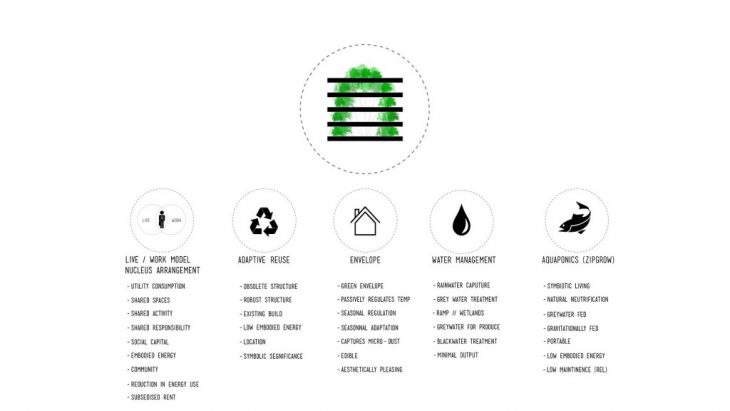
These foundation elements that work in symphony are combined to the program:
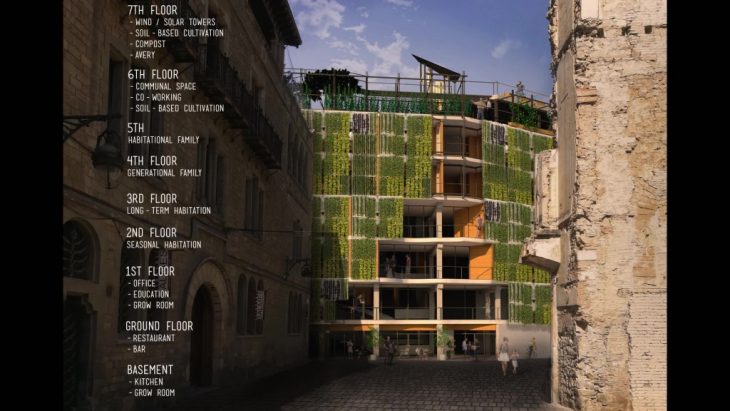
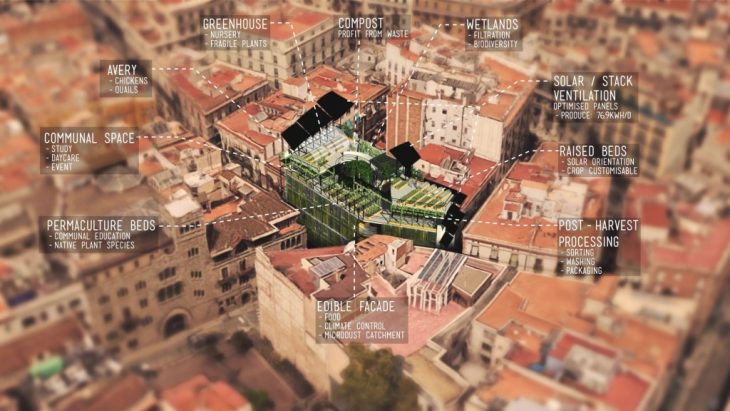
This urban agrarian community finds its opportunity in obsolescence. Inner city parking structures are faced with two strong factors: the increasing pedestrianization of Europe’s historic city centers, and the rise of ride sharing through autonomous vehicles, which could mean the end of private car ownership.
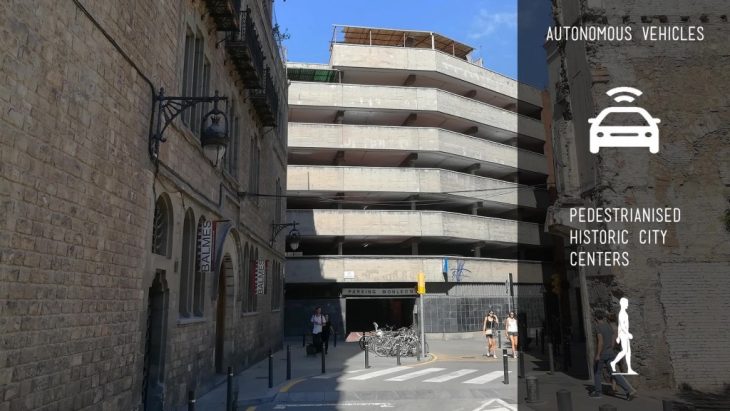
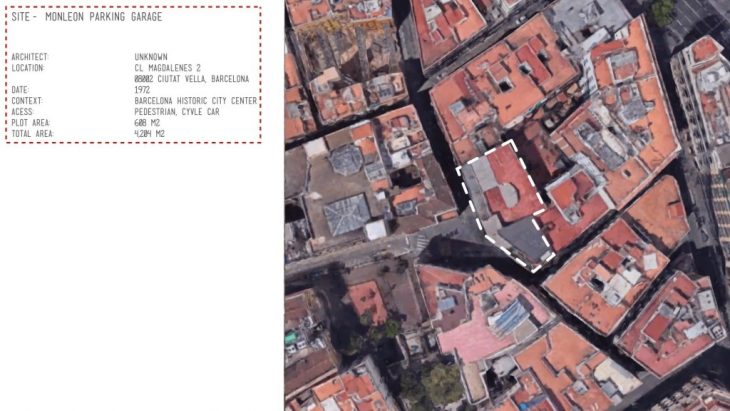
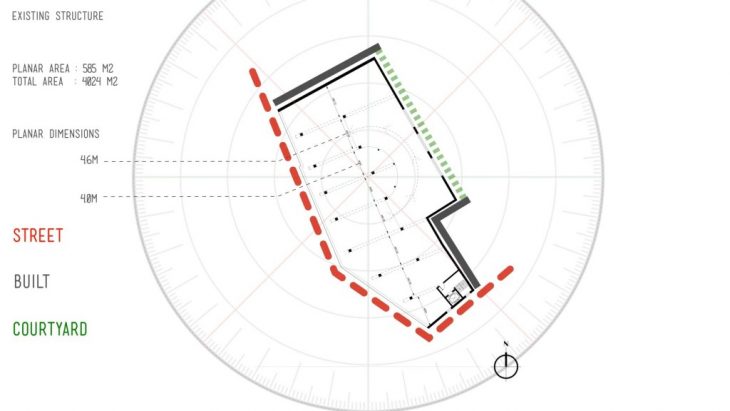
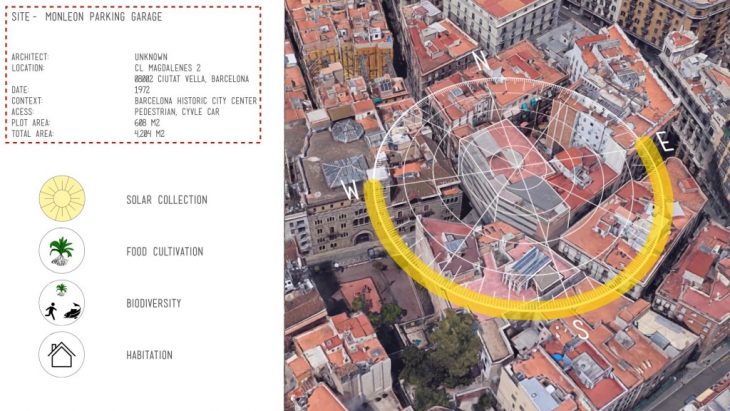
Just in front of parking Monleon is a square that has recently been reclaimed by the Barrio. After various protests and a petition signed by the majority of the community in 2009, Placa Dels Peixos was transformed from a parking to a communal space:
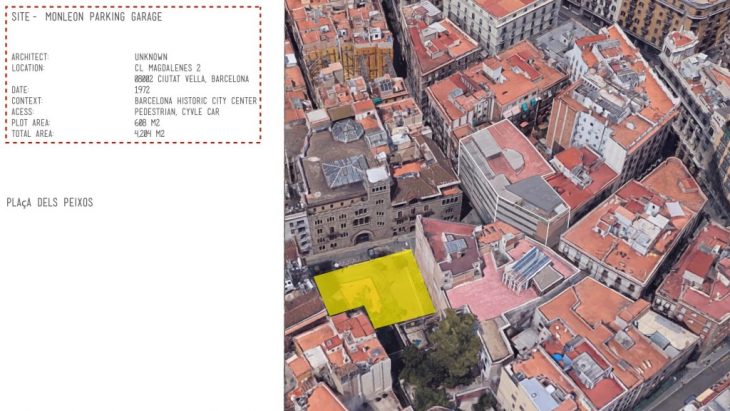
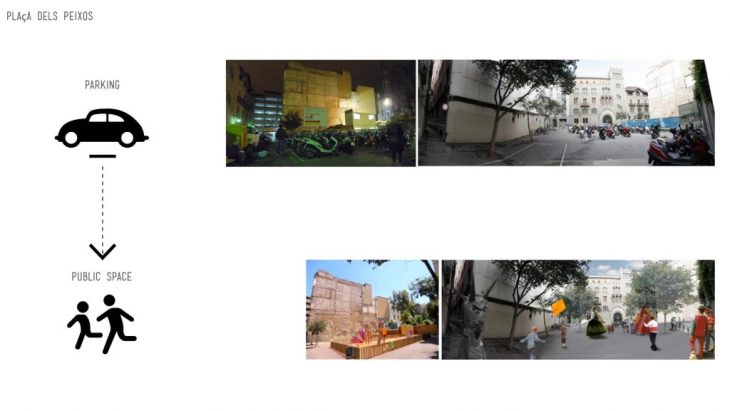
The Vivarium Collective operates due to the careful distribution of mostly passive techniques:
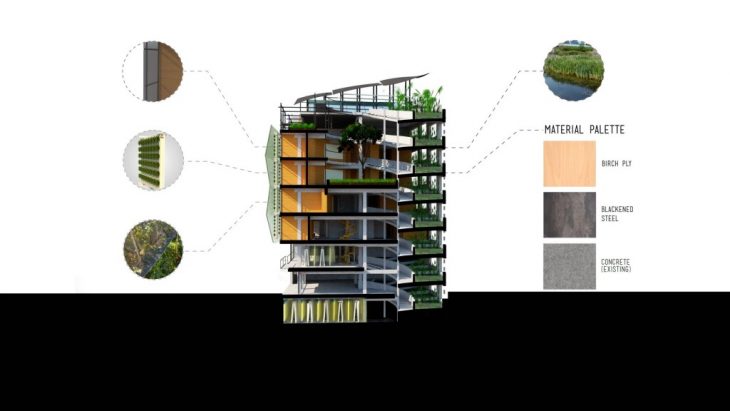
Grey water treatment and facade irrigation are achieved between two levels, using the half helix car ramp as a platform for passive wetland filtration. This distributed model of irrigation allows bacteria and other ailments facing aquaponic cultivation to be easily localized and eradicated without effecting the rest of the crop.
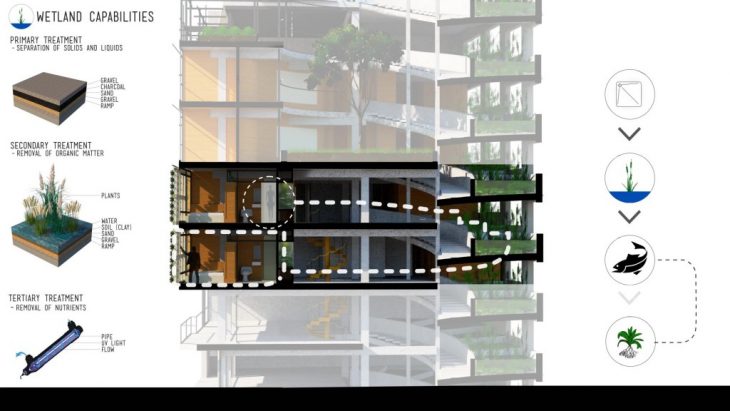
Vertical cultivation in limited space is achieved through employing the ZipGrow modular system (Bright Agrotech). The benefits of this system over a horizontal bed system are huge. Irrigation is not pumped it is gravitational. No machinery is required for inspection/care or harvest, And the yield per m2 is much higher that the standard bed system. Another benefit of growing an edible facade is its passive performance in preventing solar gain, and its ability to catch micro-dust particles which are increasingly harmful in the modern urban environment .
Follow this link for the results of this experiment:

In addition to the program’s communal focus as shown above, this new form of urban housing is theorized by the careful design of four variants of habitational construct. The parameters considered for each model are: Age, family, employment, communal responsibilities, utilities cost, housing costs and live/work:
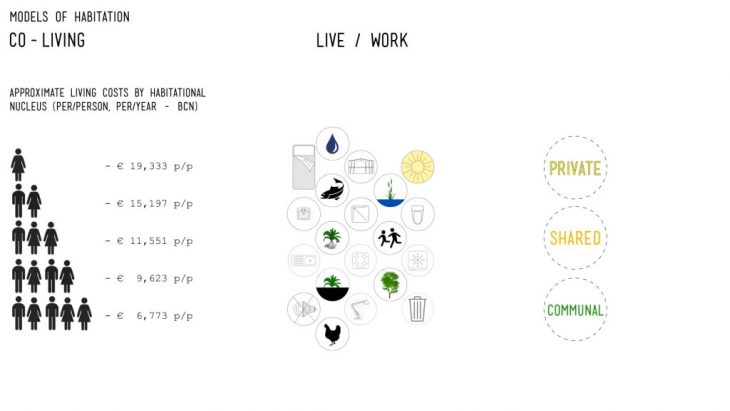

Seasonal Tenant:

Long-term Tenant
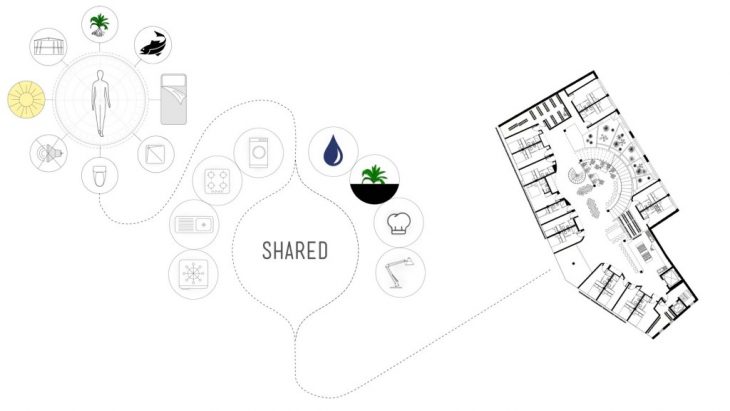
Generational Family:
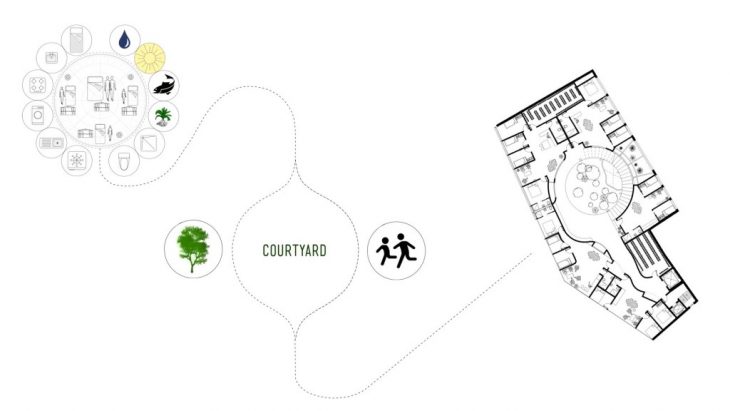
Habitation Family:
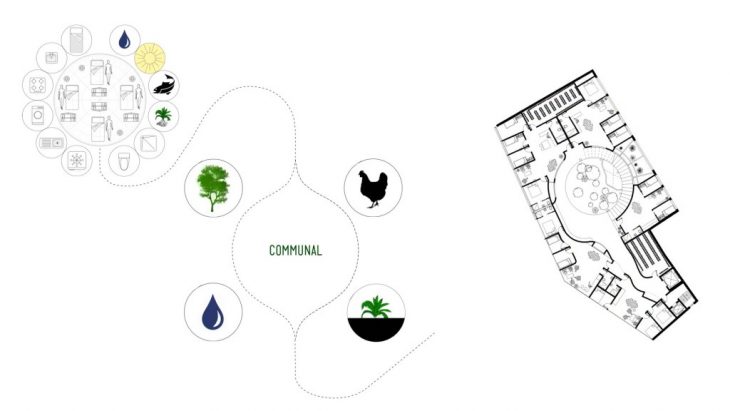
Tutor: Vicente Guallart
Assistant: Honorata Grzesikowska
Student: Keesje Avis